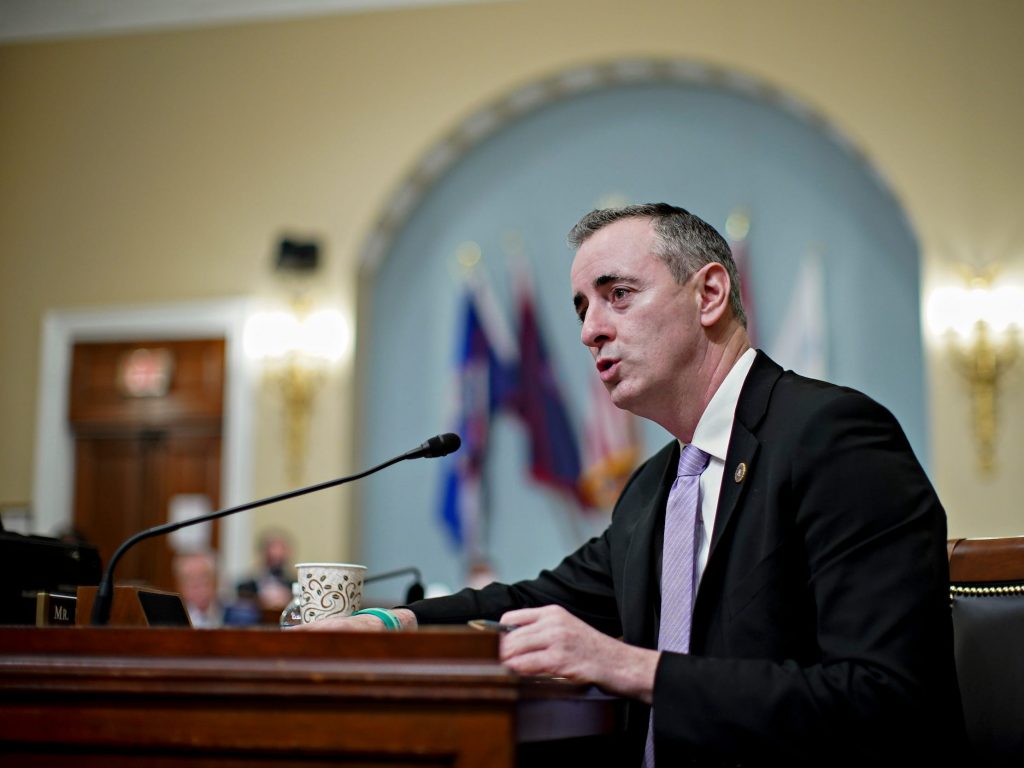- Reps. Bonamici and Fitzpatrick introduced a bill to streamline income-driven repayment plans.
- The goal is to keep student-loan borrowers out of default by automatically enrolling them in the plans.
- The Education Dept. is preparing a new income-based plan, but its release has been delayed.
A Democratic and Republican lawmaker are joining forces to prevent student-loan borrowers from suffering the consequences of falling behind on payments.
In July, Democratic Rep. Suzanne Bonamici and Republican Rep. Brian Fitzpatrick introduced the Streamlining Income-driven, Manageable Payments on Loans for Education (SIMPLE) Act, which is intended to help prevent borrowers from defaulting on their student loans by automatically enrolling them in income-driven repayment (IDR) plans. The plans would calculate affordable monthly payments for them based on their income with the promise of loan forgiveness after 20 or 25 years.
When a borrower defaults, it can have severe financial consequences — like wage garnishment and seizure of federal benefits like Social Security. The lawmakers' legislation would allow the Education Department to automatically monitor whether a borrower is at risk of default.
"The bipartisan SIMPLE Act will streamline the enrollment process for income-driven repayment plans, making it easier for borrowers to access affordable payments and avoid catastrophic defaults," Bonamici said in a statement. "It is unacceptable that people who invested time and resources in their education have to navigate a needlessly complicated student repayment system."
Here's how the legislation proposes improving income-driven repayment plans to prevent defaults:
- Allow taxpayer information from the Treasury to automatically verify the eligibility of borrowers that are totally and permanently disabled for a loan discharge to protect them from delinquency and default
- Require the Education Department to use income information on file at the Treasury to send notices to borrowers at immediate risk of default informing them of lower monthly payments under IDR plans and automatically enrolling those who continue to progress toward default
- Use defaulted borrowers' income information to automatically enroll them in IDR plans once they complete loan rehabilitation, which is when they make a required number of on-time payments under a rehabiliation agreement
- And eliminate annual paperwork requirements for borrowers currently enrolled in IDR plans.
IDR plans have been under scrutiny over years of mismanagement by student-loan companies. Insider recently spoke to a borrower who has been stuck in an IDR plan for three decades and ran into issues when his loan was transferred to a new company, pushing his forgiveness timeline back nearly a decade. And an NPR investigation from April proved the mismanagement, finding that loan servicers often failed to track payments borrowers have made on the plans, keeping forgiveness at bay.
That's why Biden has taken a number of steps to reform the income-based plans. The Education Department in April announced temporary reforms meant to bring 3.6 million borrowers on IDR plans closer to relief, and the department is in the process of creating a new plan through its rulemaking process that Under Secretary of Education James Kvaal recently said "will make student loans much much more affordable." While the release of that plan has been delayed, the department believes it can still implement it by July 2023.
When it comes to student-loan defaults, the department has floated plans to tackle that issue, as well. When it extended the student-loan payment pause through August 31 in April, the department also announced a plan to restore nearly 7 million borrowers behind on payments to good standing before they would have to restart paying their debt. Details of those plans have yet to be announced, and Biden is also in the process of deciding broad student-loan forgiveness for federal borrowers before September.
